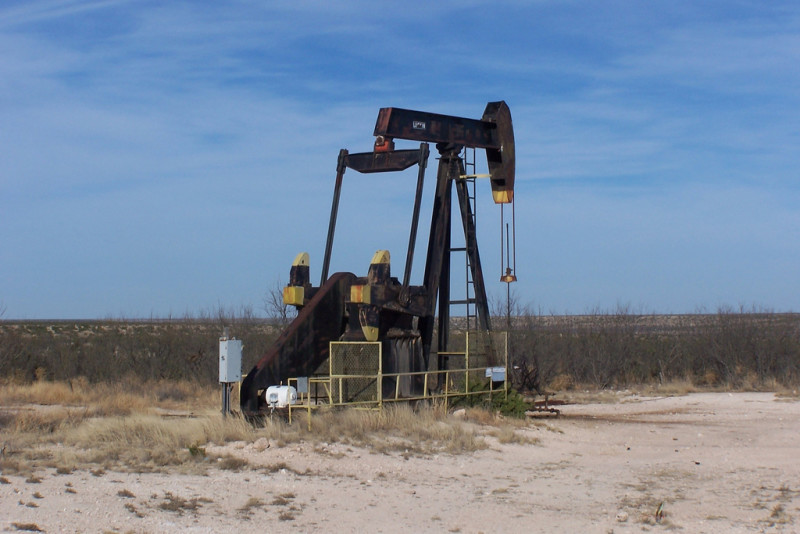This story originally appeared on Houston Public Media.
Seems like only yesterday that in places like West Texas, oil drillers were spending money like there was no tomorrow.
“One billion dollars a month is being spent drilling wells out here,” said Ben Shepperd, president of the Permian Basin Petroleum Association, in an interview just three years ago in Midland.
Since then, the number of drilling rigs working in West Texas have sunk from 400 rigs back then to about 200 now. And it’s the same all over the state’s vast oil and gas fields. That’s meant tightening up budgets and looking for lower cost ways to drill says Jim McGowin, a petroleum engineer and veteran of the drilling industry.
“Well it’s difficult. Everybody’s doing their end of year budgets. And of course the outlook is not very good for 2016,” says McGowin.
McGowin works out of an old warehouse converted to offices on the edge of downtown Houston. He’s with a new company, Novas Energy, that’s marketing what it says could be a big help to drillers trying to get oil out of the ground without spending a fortune.
McGowin says the new technique isn’t fracking.
“No, that’s one of the main beauties of plasma pulse technology,” says McGowin. “We’ve had very good success with it. “
Novas Energy says plasma pulse technology is a way to use big surges of electricity to create shock waves deep underground around a well bore. The shock waves — hundreds of them — are supposed to loosen up the rock formations holding the oil, allowing it to flow up the well bore. McGowin says the waves go only feet from the well bore and do not increase the risk of earthquakes which have become a concern in drilling operations.
What’s more, the plasma pulse technique is different from fracking which uses millions of gallons of a water, sand and chemical mixture to fracture those rock formations.
“This does not take a huge capital outlay compared to a frack job,” says McGowin. “There’s no chemicals, no water, no damaging fluids injected in the formation.”
But he says they’re not trying to replace fracking. Instead, McGowin says this new technique would be used in wells that have already been drilled, but which over time produce less and less oil because all those little fractures get plugged up.
McGowin says it’s been used overseas including in Russia and Kuwait, but only recently in Canada and a couple of states, not including Texas.
Drilling experts say plasma pulse technology is just one of several new approaches to get oil out of old wells. And it turns out, there’s a lot of oil in those old wells according to Jim Krane, an energy expert at Rice University’s Baker Institute.
“There’s still a ton of oil left in wells, reservoirs that have already been drilled. And that are thought to have been depleted,” says Krane. “There are companies like Halliburton that say there are 50,000 wells that are strong candidates for re-fracking.”
Re-fracking is another way to get the oil flowing again. Other methods include injecting hydrochloric acid or carbon dioxide down old wells to get more oil out. Most of those techniques can be far less expensive than drilling a new well, which is good news for drilling companies trying to make a profit with oil now at about $40 dollars a barrel.
“It’s all about getting costs down, getting quicker and more efficient,” says Krane.
According to the U.S. Department of Energy, many old oil wells still have as much as 60 to 90 percent of their oil left in them.
Oil that never came up using standard drilling techniques.
The government estimates there’s as much as 63 billion barrels of such oil in the U.S. that could be recovered from old wells, enough to supply the country with all the oil it needs for nearly a decade.














